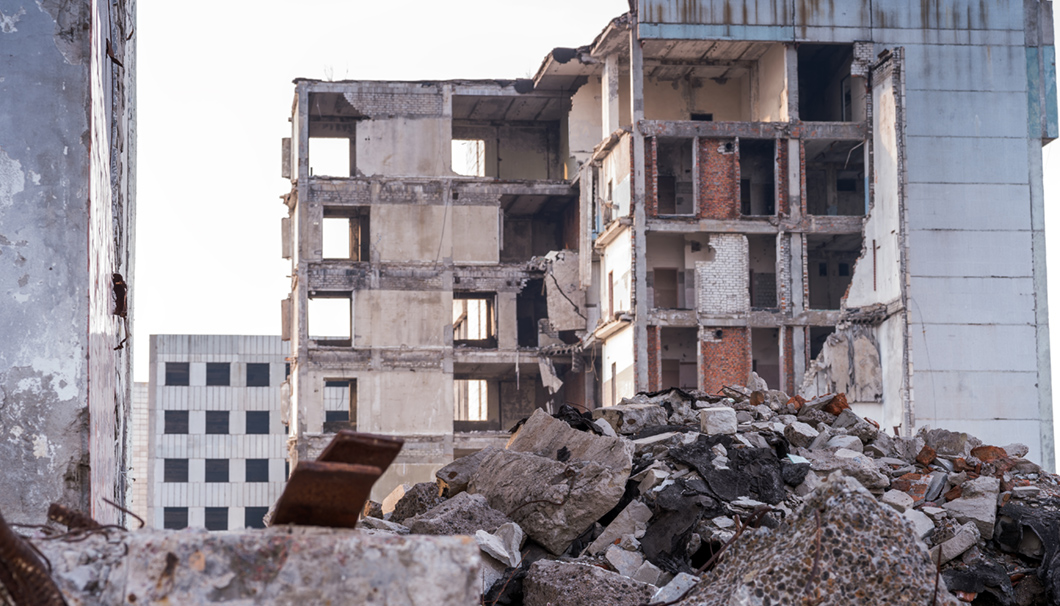Protect Your Assets and Minimize Risk with Regular Concrete Inspection
- November 2nd, 2021
- Category: Equipment Guides

Climate Change is Corrupting Infrastructure
As atmospheric CO2 levels continue to increase with global warming, the safety of concrete structures is in jeopardy. Climate change has become a major concern, and a contributing factor of reinforcement corrosion in buildings, bridges, and other concrete infrastructure around the world. These small carbon-induced issues can quickly cause massive destruction within structures and are costly to repair, in addition to health and safety problems. Therefore, frequent, regular inspection and maintenance for concrete structures are more important than ever.
While many aspects of concrete are extensively tested before and during a construction project, these same qualities are often infrequently or inadequately inspected moving forward. Unfortunately, since climate change is becoming so severe, and environmental conditions tend to evolve from when structures were first built, these elevated CO2 levels and temperature deviations are proven to initiate premature cracking and other degradations. While avoiding periodic checks initially saves money, the cumulative effects of not conducting necessary upkeep are likely to be more costly and disruptive in the end. It is important to be proactive about scheduled concrete testing so as to avoid the detrimental impact we see climate change and other factors have on concrete.

To help protect the health and safety of both infrastructure and individuals, especially from carbonation and chloride-induced corrosion, the following characteristics of concrete should be regularly tested:
Compressive Strength: Defined as the capacity of concrete to withstand loads before failure, compressive strength testing ensures a mixes’ ability to perform under pressure. This is one of the most important properties of concrete as it essentially determines its overall quality.

Permeability: The permeability of concrete is the measure of the amount of water, air and other substances that can enter the mix. Because of concrete’s porous nature, this attribute is significant to a structure’s ability to last over time.
Tensile Strength: A structure’s tensile strength is its capacity to resist cracking or breaking under tension. This measurement helps to ensure that a mix will be able to perform well over a long period of time.
NDT Inspection: One of the most important concrete tests that should be done regularly is non-destructive inspections. These scans can locate the small problems that are often overlooked in other concrete tests.
Taking time to examine these important aspects of properly built infrastructure, and using a variety of appropriate testing methods to fit the needed application can help to avoid costly and disruptive construction failure.
Here at Humboldt, we acknowledge the significance of careful and frequent concrete evaluation, especially during these times of changing environments. Therefore, we ensure that all of our products use state-of-the-art practices to achieve accurate and repeatable results. Explore our comprehensive line of concrete testing products to find the right solution for your inspection needs.

